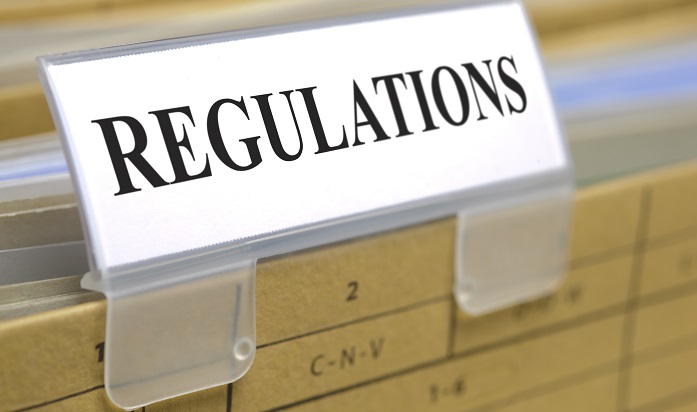We could ask the question why to have regulations, but off course the answer is obvious in that we need regulations to protect our industry, people and passengers. Plus it is essential to have a consistent way of controlling the way we do “what we do”.
Where do the Regulations come from?
Well, in fact EASA is not the root of this regulation story in fact the International Civil Aviation Organisation (ICAO) is!
In response to the invitation of the United States Government, representatives of 54 nations met at Chicago from November 1 to December 7, 1944, to “make arrangements for the immediate establishment of provisional world air routes and services” and “to set up an interim council to collect, record and study data concerning international aviation and to make recommendations for its improvement.”
What does ICAO do?
ICAO is responsible for what became known as the 5 freedoms. Still valid today!
These Five Freedoms of the Air are:
1. Freedom of peaceful transit.
2. Freedom of non-traffic stop (to refuel, repair, or refuge).
3. Freedom to take traffic from the homeland to any country.
4. Freedom to bring traffic from any country to the homeland.
Freedom to pick up and discharge traffic at intermediate points.
ICAO is also responsible for 19 Standards and Recommended Practices:
Annex 1 Personnel Licensing
Annex 2 Rules of the Air
Annex 3 Meteorological Service for International Air Navigation
Annex 4 Aeronautical Charts
Annex 5 Units of Measurement to be Used in Air and Ground Operations
Annex 6 Operation of Aircraft
Annex 7 Aircraft Nationality and Registration Marks
Annex 8 Airworthiness of Aircraft
Annex 9 Facilitation
Annex 10 Aeronautical Telecommunications
Annex 11 Air Traffic Services
Annex 12 Search and Rescue
Annex 13 Aircraft Accident and Incident Investigation
Annex 14 Aerodromes
Annex 15 Aeronautical Information Services
Annex 16 Environmental Protection
Annex 17 Security: Safeguarding International Civil Aviation against Acts of Unlawful Interference
Annex 18 The Safe Transport of Dangerous Goods by Air
Annex 19 Safety Management
What is the role of EASA?
In a few words it is the job of EASA on behalf of the European Member States (and a few others) to interpret the ICAO SARP’s in a practical way, which both shows compliance and at the same time delivers a set of workable regulations, which Industry may use to deliver a complaint and safe product and service.
The European Aviation Safety Agency (EASA) is an agency of the European Union (EU) with regulatory and executive tasks in the field of civilian aviation safety. Based in Cologne, Germany, EASA started to assume legal responsibility from 28 September 2003.
You may visit EASA by going to their website here http://easa.europa.eu
What are the formal responsibilities of EASA?
To analysis and research of safety, authorising foreign operators, giving advice for the drafting of EU legislation, implementing and monitoring safety rules (including inspections in the member states), giving type-certification of aircraft and components as well as the approval of organisations involved in the design, manufacture and maintenance of aeronautical products.
EASA Certifies New Aircraft
In fact without approval from EASA no aircraft is allowed to carry passengers within the European Union for profit (Commercial Air Transport).
EASA has jurisdiction over new type certificates and other design-related airworthiness approvals for aircraft, engines, propellers and parts. EASA works with the National Aviation Authorities (NAAs) of the EU members but has taken over many of their functions in the interest of aviation standardisation across the EU.
EASA has developed regulations for air operations, flight crew licensing and non-EU aircraft used in the EU.
Sofema Aviation Services offers a range of EASA compliant vocational and regulatory training. For any comments or questions please email office@sassofia.com




